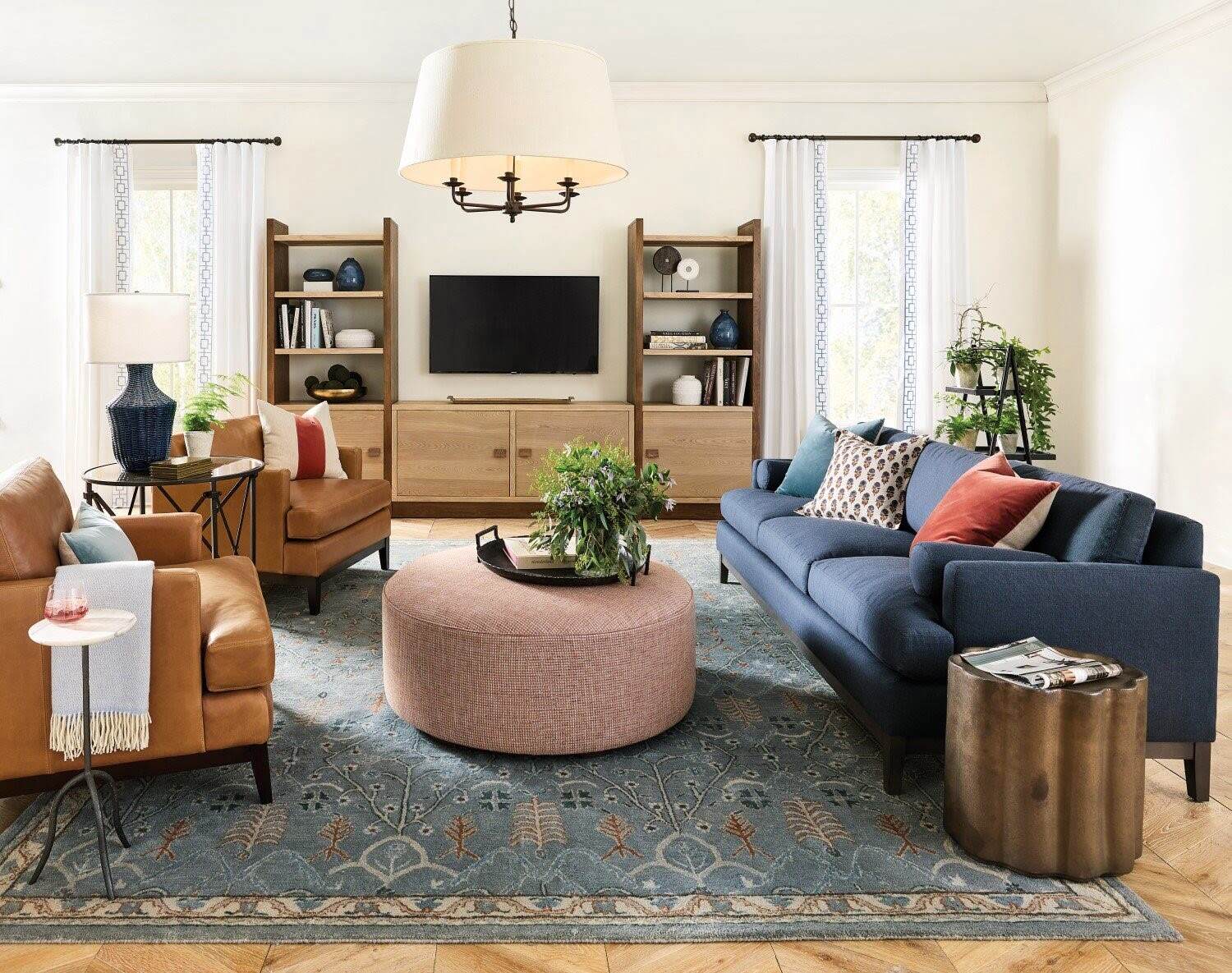

Articles
How Many End Tables In Living Room
Modified: May 6, 2024
Discover the ideal number of end tables for your living room with these informative articles. Find practical tips and inspiration for your home décor.
(Many of the links in this article redirect to a specific reviewed product. Your purchase of these products through affiliate links helps to generate commission for Storables.com, at no extra cost. Learn more)
Introduction
When it comes to furnishing a living room, one crucial element that often gets overlooked is the end table. These small but mighty pieces of furniture play a significant role in the overall functionality and aesthetic appeal of the space. End tables not only provide a convenient surface to place items like lamps, books, or beverages, but they also add personality and style to the room.
However, determining how many end tables are needed in a living room can be a subjective decision. Factors such as the size and layout of the room, the number of seating areas, and the intended purpose of the tables all come into play. Additionally, finding the right balance between practicality and visual appeal is essential to create a harmonious and functional living space.
In this article, we will delve into the importance of end tables in the living room and explore the various factors to consider when deciding how many of them to have. By understanding these factors, you can make an informed decision and create a well-designed living room that meets your needs and reflects your personal style.
Key Takeaways:
- End tables are essential for convenience, storage, and aesthetics in a living room. The number of end tables should be determined based on the room’s size, seating areas, and the desired balance between functionality and visual appeal.
- When selecting end tables, consider the room’s layout, storage needs, and personal style. Strive for a harmonious balance between practicality and visual appeal to create a well-designed and enjoyable living space.
Read more: How Many Lumens For A Dining Room?
Importance of End Tables in the Living Room
End tables serve as not just functional pieces of furniture, but also as essential elements in the overall design and layout of a living room. Here are a few reasons why end tables are important:
- Convenience and functionality: One of the primary purposes of an end table is to provide a convenient surface to place items within easy reach. Whether you want to rest a cup of coffee, set down a book, or place a table lamp for ambient lighting, an end table offers a practical solution. Having multiple end tables strategically placed throughout the living room ensures that essentials are always within arm’s reach, adding convenience and enhancing the overall functionality of the space.
- Storage options: End tables often feature drawers, shelves, or compartments, offering additional storage space in the living room. This is especially useful if you have items that you want to keep organized and out of sight, such as remote controls, magazines, or small personal belongings. Incorporating end tables with storage capabilities helps reduce clutter and maintain a clean and organized living space.
- Visual appeal and aesthetics: End tables come in a variety of styles, finishes, and materials, allowing you to personalize the look and feel of your living room. They can add a touch of elegance, complement the overall decor, or serve as a statement piece to anchor the design scheme. Whether you opt for a sleek and modern design or a rustic and vintage look, end tables contribute to the visual appeal of the living room and tie the space together.
- Flexibility and versatility: End tables are versatile pieces of furniture that can be easily moved around to accommodate different seating arrangements or activities in the living room. They can be placed next to sofas, armchairs, or even used as bedside tables if needed. The ability to reposition end tables allows for greater flexibility when entertaining guests or simply rearranging the living room layout to suit your needs.
In summary, end tables play a vital role in the living room by providing convenience, storage options, enhancing the aesthetics, and offering flexibility. By carefully selecting the right end tables for your space, you can create a functional and visually appealing living room that meets your needs and style preferences.
Factors to Consider When Deciding How Many End Tables to Have
The number of end tables to include in your living room depends on several factors. It’s essential to consider these factors to make an informed decision that best suits your space and needs. Here are some key factors to consider:
- Size and layout of the living room: The size and layout of your living room play a crucial role in determining the number of end tables to have. If you have a smaller living room, having too many end tables can make the space feel crowded and cluttered. It’s important to strike a balance and ensure that the tables fit comfortably within the available space without overwhelming the room.
- Number of seating areas: Another factor to consider is the number of seating areas in your living room. If you have multiple sofas, loveseats, or chairs, having an end table next to each seating area can provide convenient surfaces for guests to place their belongings or beverages. Ensuring that each seating area has easy access to an end table creates a sense of functionality and comfort.
- Purpose and functionality: Consider how you intend to use the end tables in your living room. Are they primarily for aesthetic purposes or do you require additional storage space? If you plan to use them for display purposes, you may want to opt for larger end tables with ample surface area. On the other hand, if storage is a priority, choose end tables with drawers or shelves to keep items organized and out of sight.
- Style and aesthetic considerations: The style and aesthetic of your living room should also influence the number of end tables you choose. If you prefer a minimalistic look, you might opt for fewer end tables to maintain a clean and uncluttered appearance. Conversely, if you have a larger living room and prefer a more eclectic style, you may consider incorporating multiple end tables to create visual interest and a layered look.
- Balancing practicality and visual appeal: Balancing practicality and visual appeal is crucial when deciding how many end tables to have. While it’s important to have enough surface area for functionality, overcrowding the room with too many tables can detract from the overall aesthetic. Strive for a balance between practicality and aesthetics to create a harmonious and well-designed living space.
By considering these factors, you can make an informed decision on the number of end tables to include in your living room. Remember to prioritize functionality, adaptability, and the overall style of your space to create a balanced and enjoyable living environment.
Size and Layout of the Living Room
The size and layout of your living room are fundamental factors to consider when determining the number of end tables to have. These elements greatly influence the overall functionality and aesthetic appeal of the space. Here are some key considerations:
Size of the Living Room:
The size of your living room plays a significant role in determining the number of end tables it can accommodate. If you have a smaller living room, having too many end tables can make the space feel cramped and cluttered. It’s important to strike a balance and ensure that the tables fit comfortably within the available space without overwhelming the room. On the other hand, if you have a larger living room, you have more flexibility in terms of the number of end tables you can incorporate.
Layout of the Living Room:
The layout of your living room also influences the placement and number of end tables. Consider the arrangement of your furniture, such as sofas, chairs, and entertainment units, to determine where end tables can be placed most effectively. Ideally, each seating area should have easy access to an end table, allowing for convenient placement of items.
It’s essential to ensure that the end tables do not create obstacles in the flow of traffic within the living room. Be mindful of walkways and ensure there is enough space to move around comfortably without bumping into the tables. Additionally, you can strategically position end tables in corners or next to furniture to optimize space utilization.
Proportions and Scale:
Consider the proportions and scale of your living room furniture when choosing end tables. The size of the end tables should be proportionate to the surrounding furniture to create a visually harmonious balance. For example, if you have large sofas or sectionals, you may opt for larger end tables to match the scale. Conversely, if you have smaller furniture, choosing smaller and more compact end tables may be appropriate.
Flexibility in Arrangement:
The size and layout of your living room can also impact the flexibility of end table arrangement. Depending on the size and layout, you may have the option to rearrange the furniture and end tables to suit different seating arrangements or activities. This flexibility allows you to adapt the living room to different scenarios, such as entertaining guests or creating a cozy reading nook.
In summary, considering the size and layout of your living room is crucial in determining the number of end tables to have. Take into account the proportions, scale, and flexibility in arrangement to ensure a well-balanced and functional space. By carefully assessing these factors, you can make informed decisions that optimize both aesthetics and usability in your living room.
Number of Seating Areas in the Living Room
When deciding how many end tables to have in your living room, it’s important to consider the number of seating areas. The number of seating areas directly influences the need for end tables to provide functionality and convenience. Here are some key factors to consider:
Multiple Seating Areas:
If your living room has multiple seating areas, such as sofas, loveseats, or chairs, it’s beneficial to have an end table next to each seating area. This ensures that each seating area has a convenient surface for placing items like drinks, books, or remotes. Having an end table for each seating area offers enhanced comfort and usability for you and your guests.
Conversation Zones:
Consider the layout and design of your living room to identify different conversation zones or groupings. In each conversation zone, ensure that there is an end table within easy reach of the seating area. These end tables can serve as hubs for people to gather around, providing a convenient spot for setting down drinks or engaging in conversation.
Extra Seating:
If you have additional seating options in your living room, such as ottomans or poufs, you can also consider having a smaller end table nearby. These types of seating options can provide versatility and extra space for guests. By including a small end table, you provide a surface for people to place their belongings or have a spot to rest their beverages.
Flexibility in Seating Arrangements:
Consider the flexibility of seating arrangements in your living room. Depending on the occasion or personal preferences, you may want to rearrange the seating or create different seating configurations. Having a sufficient number of end tables makes it easier to adapt the living room to different arrangements and ensures that each seating area remains functional.
It is important to strike a balance between having enough end tables to accommodate multiple seating areas and not overcrowding the space. Ensure that the placement of the end tables does not hinder the flow of traffic and maintains a sense of balance in the room.
In summary, the number of seating areas in your living room directly influences the need for end tables. By assessing the various seating areas and considering their functional requirements, you can determine the appropriate number of end tables to ensure convenience, usability, and a well-designed living room.
Consider the size of your living room and the amount of space you have available. A general rule of thumb is to have one end table for every seating area, but ultimately it depends on your personal preference and the functionality you need.
Read more: How Many Sq. Ft. Is A Living Room
Purpose and Functionality of the End Tables
End tables serve a variety of purposes and provide essential functionality in the living room. Understanding their roles can help you determine the right number to include in your space. Here are some key aspects to consider regarding the purpose and functionality of end tables:
Convenient Surface Area:
One of the primary purposes of end tables is to provide a convenient surface area for placing items within easy reach. Whether it’s a cup of coffee, a book, a remote control, or a decorative item, end tables offer a designated spot for these essentials. Having multiple end tables allows you to scatter these surfaces strategically throughout the living room, ensuring that each seating area has convenient access to a table.
Storage Solutions:
Some end tables come with built-in storage solutions, such as drawers or shelves. These storage options offer a practical solution for keeping small items organized and out of sight. You can use the drawers to store remotes, magazines, or other miscellaneous items, helping to reduce clutter and maintain a tidy living space. When considering the purpose and functionality of end tables, think about whether you require extra storage and, if so, opt for tables with built-in storage options.
Enhancing Décor and Style:
End tables can significantly impact the overall aesthetic appeal of your living room. They are an opportunity to incorporate design elements that complement your décor and style. Whether you opt for sleek and modern end tables, rustic and vintage designs, or unique and artistic pieces, the choice of end tables can enhance the visual appeal of the space and tie together the room’s overall theme.
Additional Functionality:
Besides serving as surfaces for items, end tables can fulfill various additional functionalities. They can support table lamps to provide ambient lighting or house small plants or decorative accents. Having multiple end tables allows you to create a cohesive design by incorporating these functional and decorative elements throughout the living room.
Flexibility in Usage:
End tables offer flexibility in how they can be used in the living room. While they are typically placed next to seating areas, they can be easily moved and repurposed for different needs. For example, you can place an end table near a reading chair to create a cozy reading nook or move it closer to an entertainment unit for easy access to media devices. This versatility allows you to adapt your living room’s layout and functionality based on your specific preferences and activities.
By considering the purpose and functionality of end tables, you can determine the number of tables needed in your living room. Assess your storage needs, design preferences, and how you plan to use the tables to ensure that they enhance both the practicality and aesthetic appeal of the space.
Style and Aesthetic Considerations
When deciding how many end tables to incorporate into your living room, it’s crucial to consider the style and aesthetic of the space. End tables not only serve a practical purpose but also contribute to the overall visual appeal and ambiance of the room. Here are some key factors to consider regarding style and aesthetic considerations:
Coordinating with Existing Décor:
The end tables in your living room should complement the existing décor and furniture. Consider the style, color scheme, and materials used throughout the room. Aim for consistency and coherence in design by selecting end tables that match or complement the existing pieces. This will create a sense of harmony and ensure that the tables seamlessly blend into the overall style of the room.
Adding Visual Interest:
End tables present an excellent opportunity to introduce visual interest and design elements to your living room. Consider different styles, shapes, and finishes to add character to the space. For example, incorporating tables with unique textures, patterns, or artistic details can create focal points and generate visual intrigue. Adding end tables with decorative elements, such as sculptural bases or intricate inlays, can enhance the overall aesthetic appeal of the room.
Cohesion with Furniture Pieces:
End tables should not only coordinate with the existing décor but also align with the style of the other furniture pieces in the living room. Ensure that they harmonize with the design of the sofas, chairs, and other seating options. Pay attention to the shape, size, and materials used in the furniture to select end tables that complement these features. Maintaining consistency in style creates a cohesive and visually pleasing space.
Creating Contrast and Balance:
When considering style and aesthetic considerations, it’s important to strike a balance between coordinating with existing pieces and creating contrast that adds visual interest. For example, if you have a living room with predominantly neutral colors, you might introduce end tables in contrasting hues to add a pop of color and create dynamic visual appeal. Conversely, if your living room already has bold elements, selecting end tables that provide a subtle, complementary contrast can help balance the overall design.
Reflecting Personal Style:
Lastly, consider how the end tables reflect your personal style and tastes. Your living room should be a reflection of your personality and preferences. Choose end tables that resonate with your individual aesthetic sensibilities and create a space that you genuinely enjoy. Whether you prefer a contemporary, traditional, eclectic, or minimalist style, let your personal style guide your choices and ensure that the end tables enhance the overall ambiance and create a space that feels authentic to you.
Overall, considering the style and aesthetic of your living room is essential when determining how many end tables to incorporate. By aligning with the existing décor, adding visual interest, creating cohesion with other furniture pieces, and reflecting your personal style, you can select end tables that elevate the design and contribute to a visually stunning and inviting living room.
Balancing Practicality and Visual Appeal
When deciding how many end tables to have in your living room, it’s crucial to strike a balance between practicality and visual appeal. While the functionality and convenience of the tables are essential, they should also contribute to the overall beauty and aesthetic appeal of the space. Here are some key factors to consider when balancing practicality and visual appeal:
Consider the Room’s Function:
Start by considering how the living room will be used on a day-to-day basis. Think about your lifestyle and the activities that typically take place in the space. For example, if you frequently entertain guests or have family movie nights, having more end tables strategically placed throughout the room might be practical. On the other hand, if you have limited space and primarily use the living room for relaxation, you may opt for fewer end tables to maintain a more open and spacious feel.
Evaluate the Surface Area Needs:
Determine how much surface area is needed in the living room for functional purposes. Consider the number of people who will be using the space and what items they typically need within reach. This could include items like drinks, snacks, books, or remote controls. Assessing your specific surface area needs will help you determine how many end tables are required to provide adequate space for everyone in the room.
Visual Impact and Space Constraints:
Take into account the visual impact of the end tables on the overall aesthetic of the living room. Too many tables can create a cluttered appearance and make the space feel crowded. On the other hand, having too few end tables may result in a lack of functionality or an incomplete look. Consider the size of your living room and the available space for furniture placement. Find a balance between practicality and visual appeal by selecting the right number of end tables that fit comfortably within the space without overwhelming it.
Coordinate with Existing Décor:
Ensure that the end tables you choose align with the existing décor and furniture in the living room. Consider the style, color scheme, and materials used in the room. The end tables should complement the overall design and enhance the visual appeal. Coordinate the styles, shapes, and finishes to create a cohesive look that ties the room together. By carefully selecting end tables that match the existing décor, you can achieve a balanced and harmonious aesthetic.
Personal Preference and Style:
Ultimately, your personal preference and style should play a role in finding the right balance between practicality and visual appeal. Consider your own taste and the atmosphere you want to create in your living room. Whether you prefer a minimalist, modern, traditional, or eclectic style, let your personal style guide your choices. Select end tables that not only serve their practical purposes but also resonate with your aesthetic preferences, creating a space that reflects your own unique sense of style.
By considering these factors and finding the right balance between practicality and visual appeal, you can achieve a harmonious and well-designed living room. The key is to ensure that the end tables offer the necessary functionality while adding to the overall beauty and enjoyment of the space.
Conclusion
When it comes to deciding how many end tables to have in your living room, several factors need to be considered. The size and layout of the room, the number of seating areas, the purpose and functionality of the tables, and the desired style and aesthetic all play a role in determining the right number. Striking a balance between practicality and visual appeal is essential to create a well-designed and functional living space.
End tables serve as convenient surfaces for placing items within easy reach, providing storage options, and enhancing the overall aesthetics of the room. They add visual interest, contribute to the design scheme, and reflect your personal style. The number of end tables required depends on the size of the room, the number of seating areas, and the specific needs of the space.
Considering the purpose and functionality of the end tables helps determine whether additional storage is needed or if they will primarily serve as decorative pieces. Evaluating the size and layout of the living room ensures the end tables fit comfortably without overwhelming the space. Assessing the number of seating areas helps determine how many tables are needed to provide convenient surfaces for guests.
Style and aesthetic considerations allow the end tables to harmonize with the existing décor, creating a cohesive and visually pleasing atmosphere. Balancing practicality and visual appeal ensures that the end tables are both functional and visually appealing, creating a well-rounded living room environment. Personal preferences and individual style further contribute to the selection of end tables that resonate with your own taste.
In conclusion, when deciding how many end tables to include in your living room, take into account the size and layout of the space, the number of seating areas, the purpose and functionality of the tables, and the desired style and aesthetic. By carefully considering these factors and finding the right balance between practicality and visual appeal, you can create a well-designed, functional, and visually pleasing living room that aligns with your personal style and enhances your overall living experience.
Once you've mastered the art of selecting the perfect number of end tables for your living room, why not further refine your space with expert advice on arranging your furniture? Our next guide offers essential tips to optimize comfort and style. Whether you're dealing with a cozy nook or a spacious area, understanding the best placement of each piece can transform your living room into a welcoming and functional gathering space. Start reimagining your layout today and see the difference it makes!
Frequently Asked Questions about How Many End Tables In Living Room
Was this page helpful?
At Storables.com, we guarantee accurate and reliable information. Our content, validated by Expert Board Contributors, is crafted following stringent Editorial Policies. We're committed to providing you with well-researched, expert-backed insights for all your informational needs.
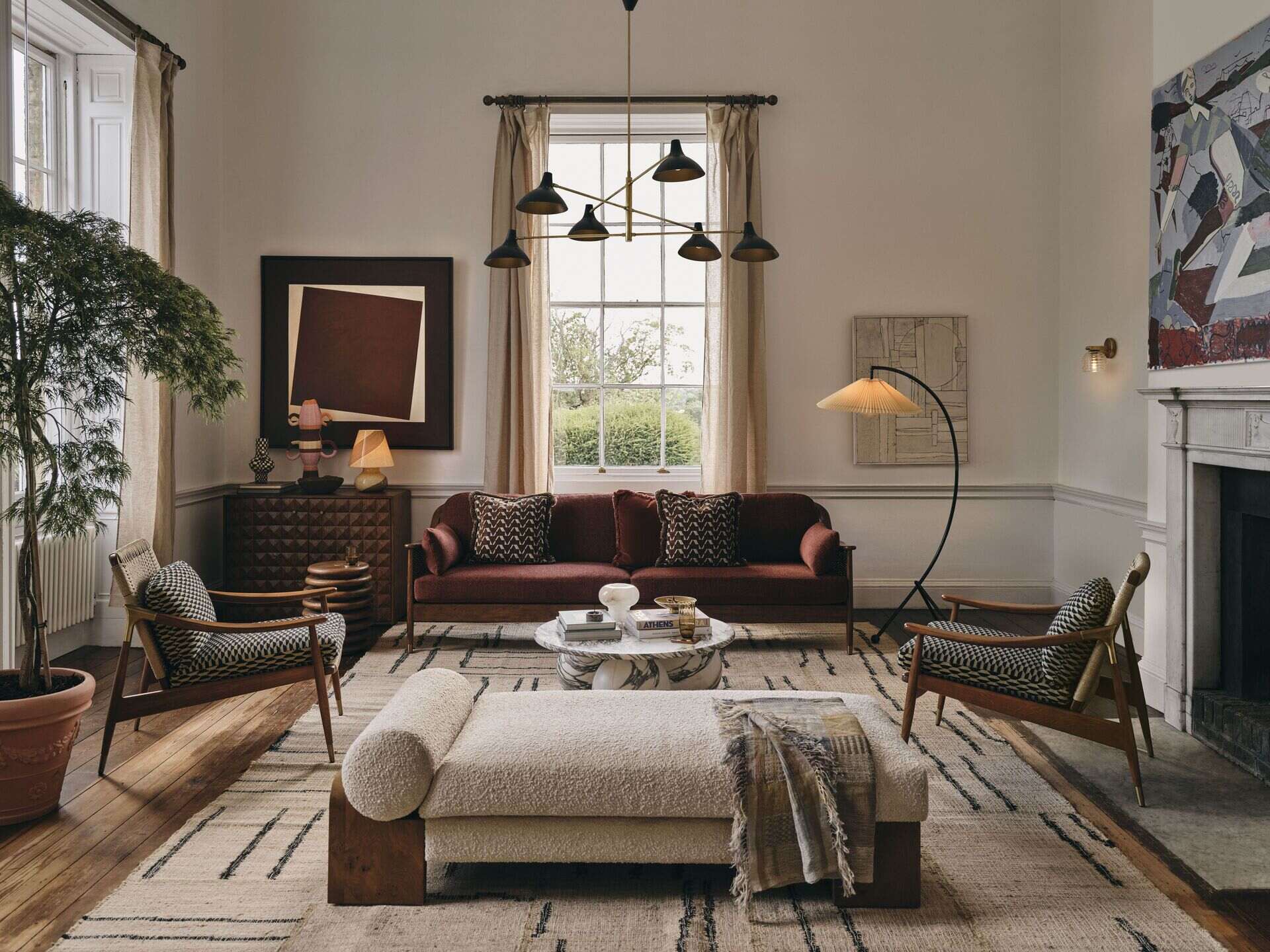
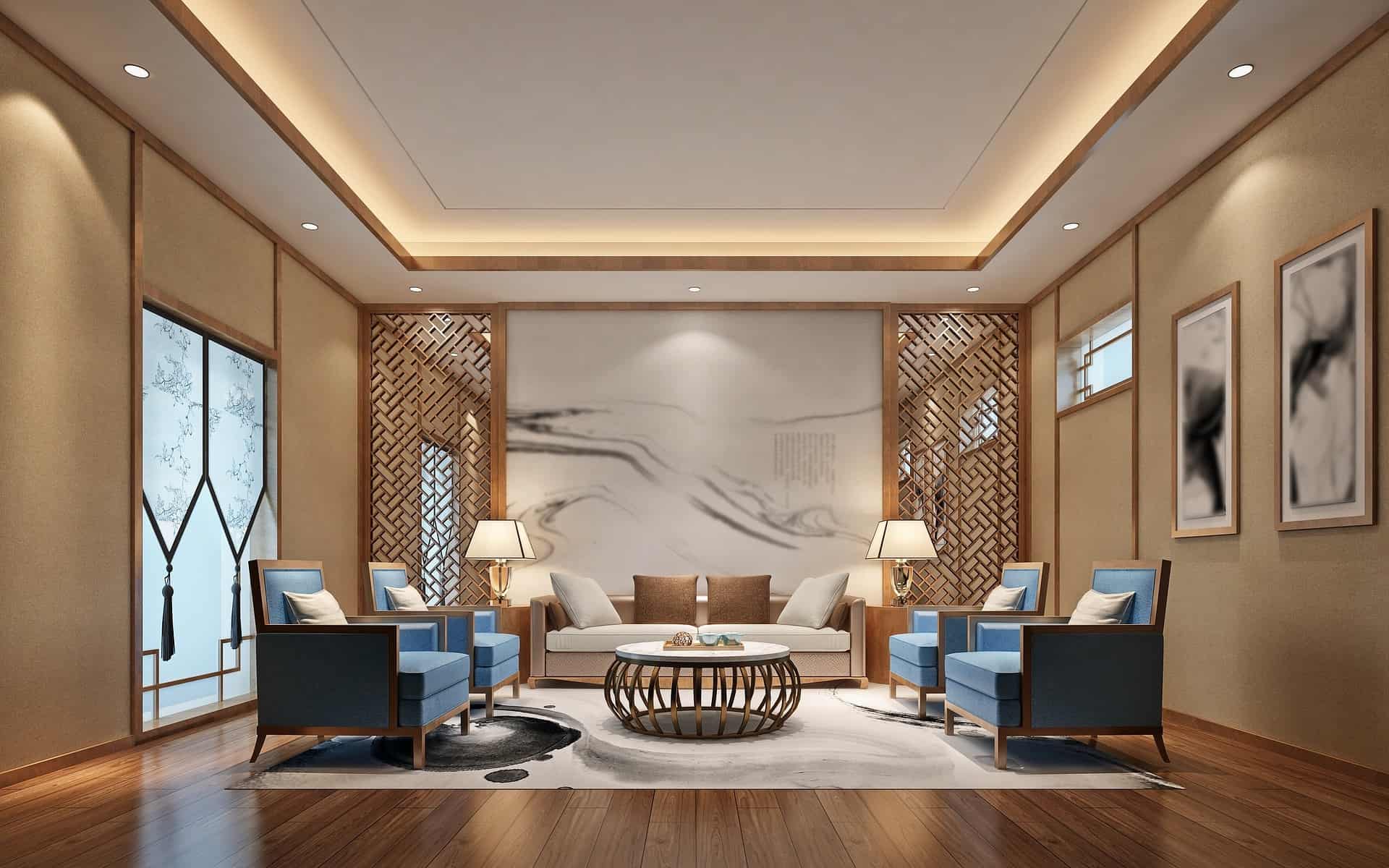
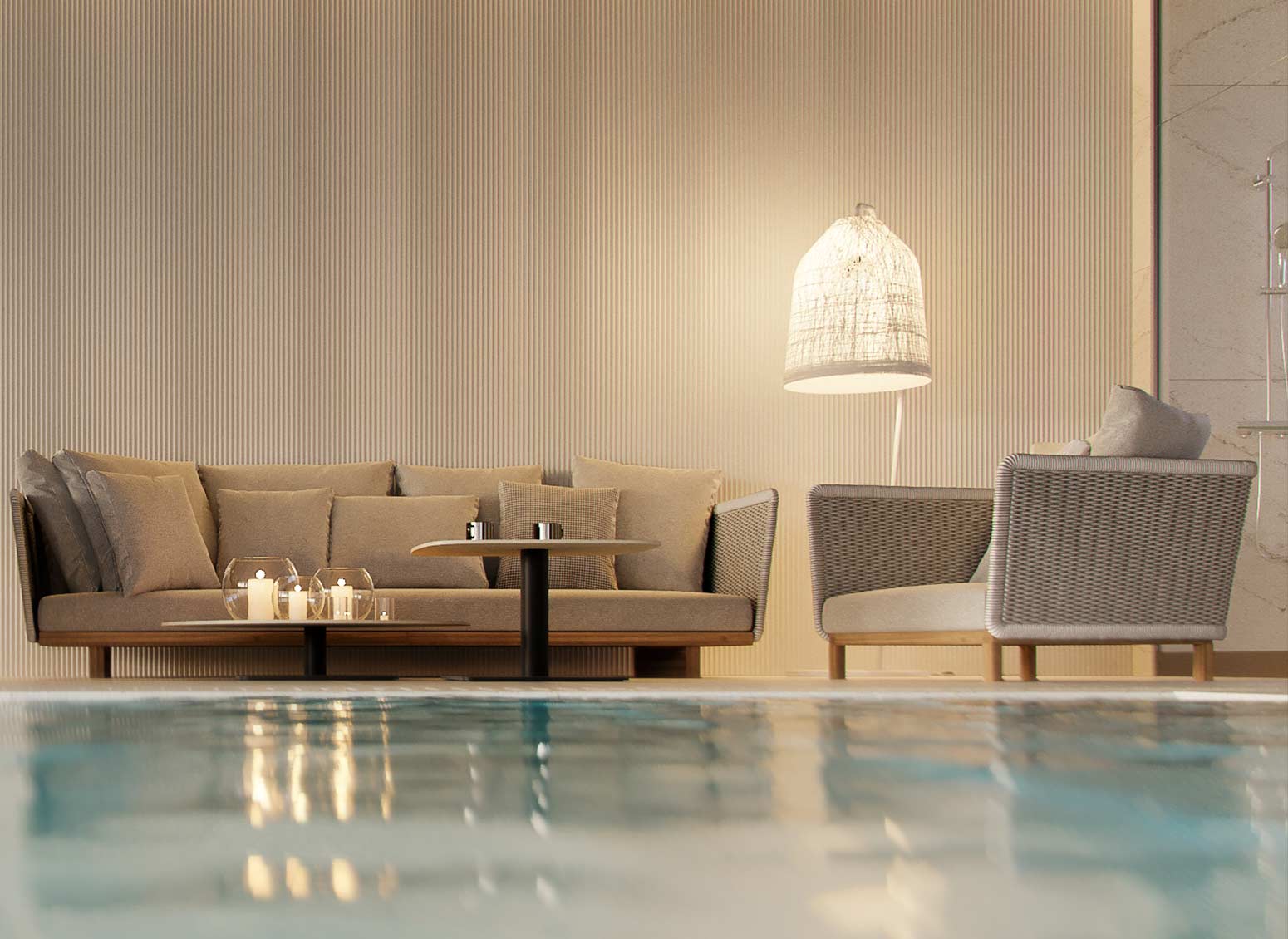
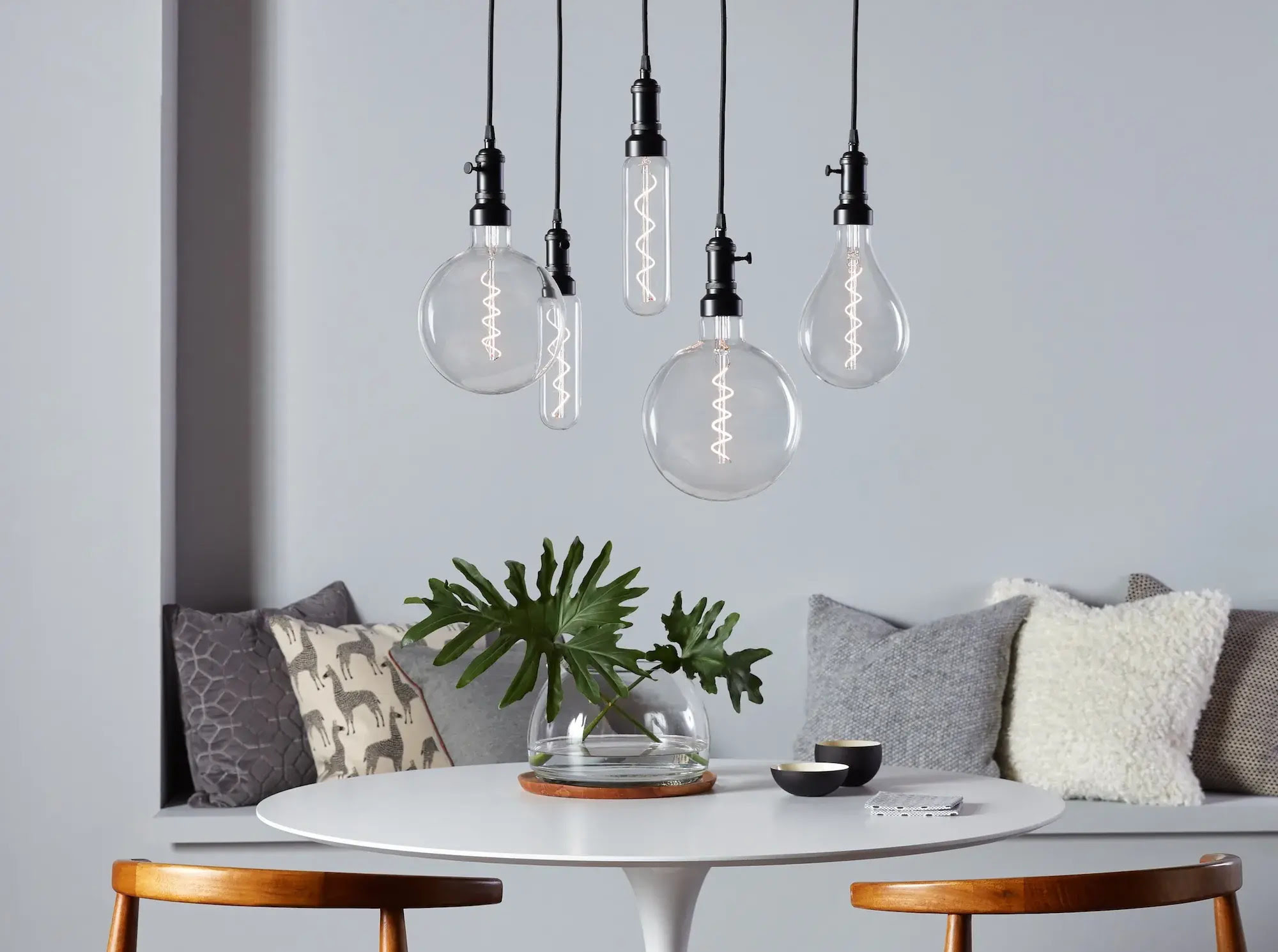
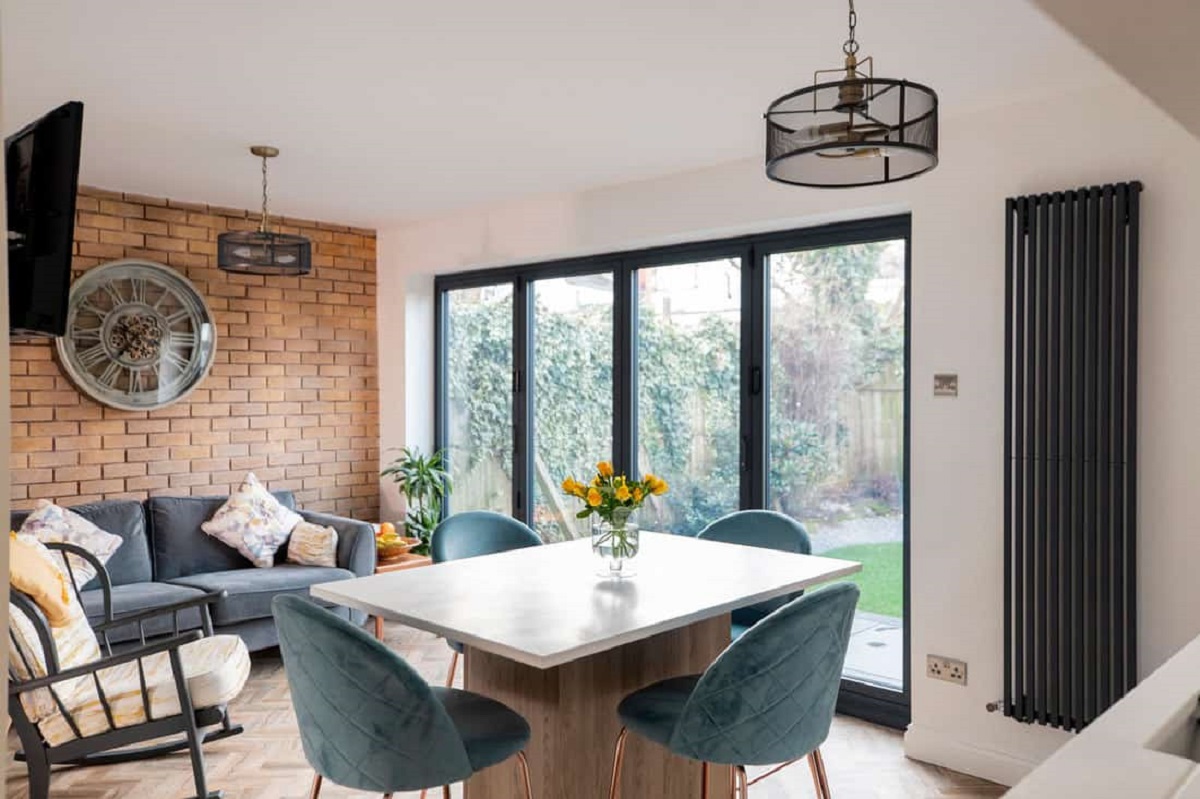
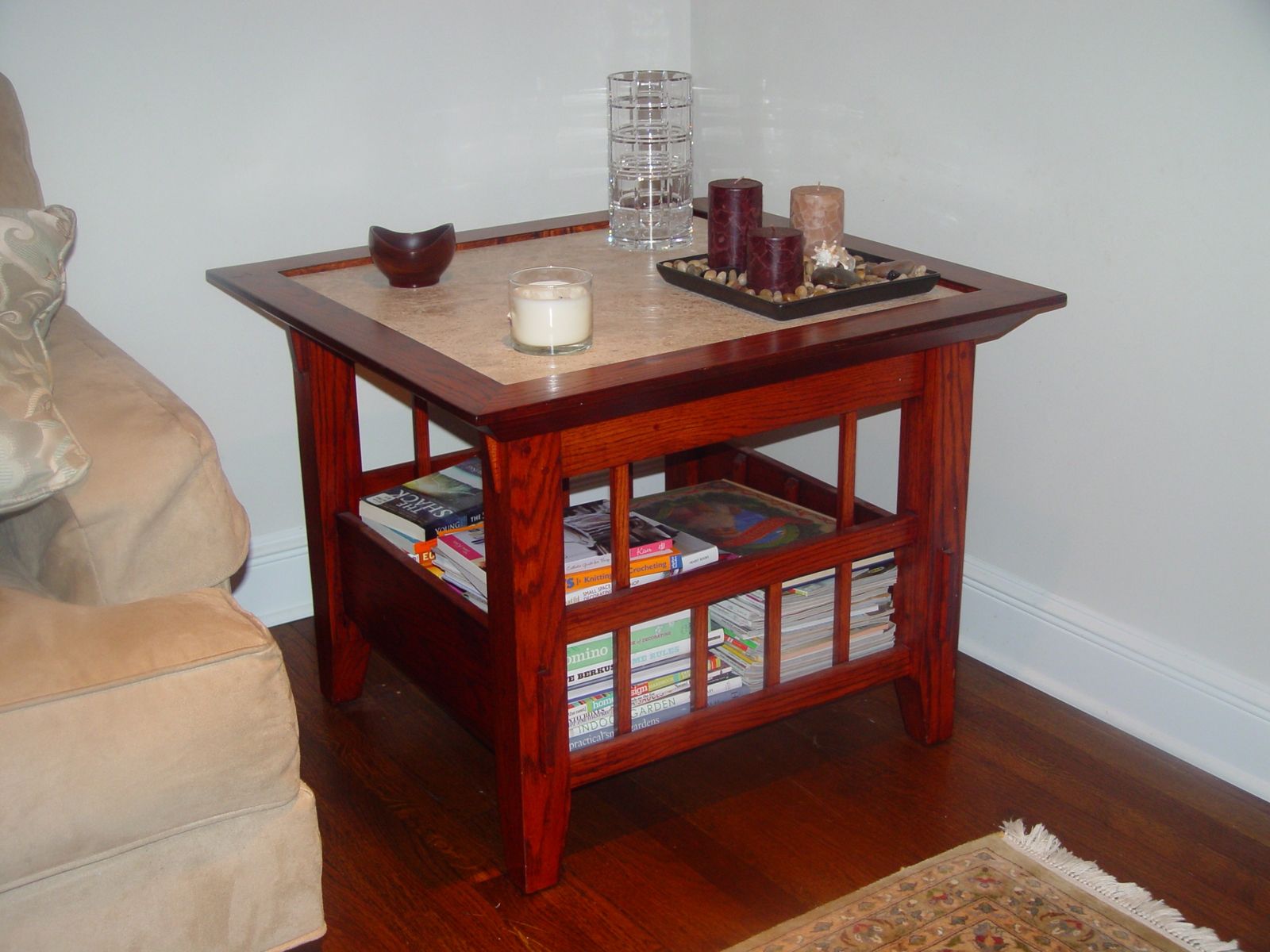
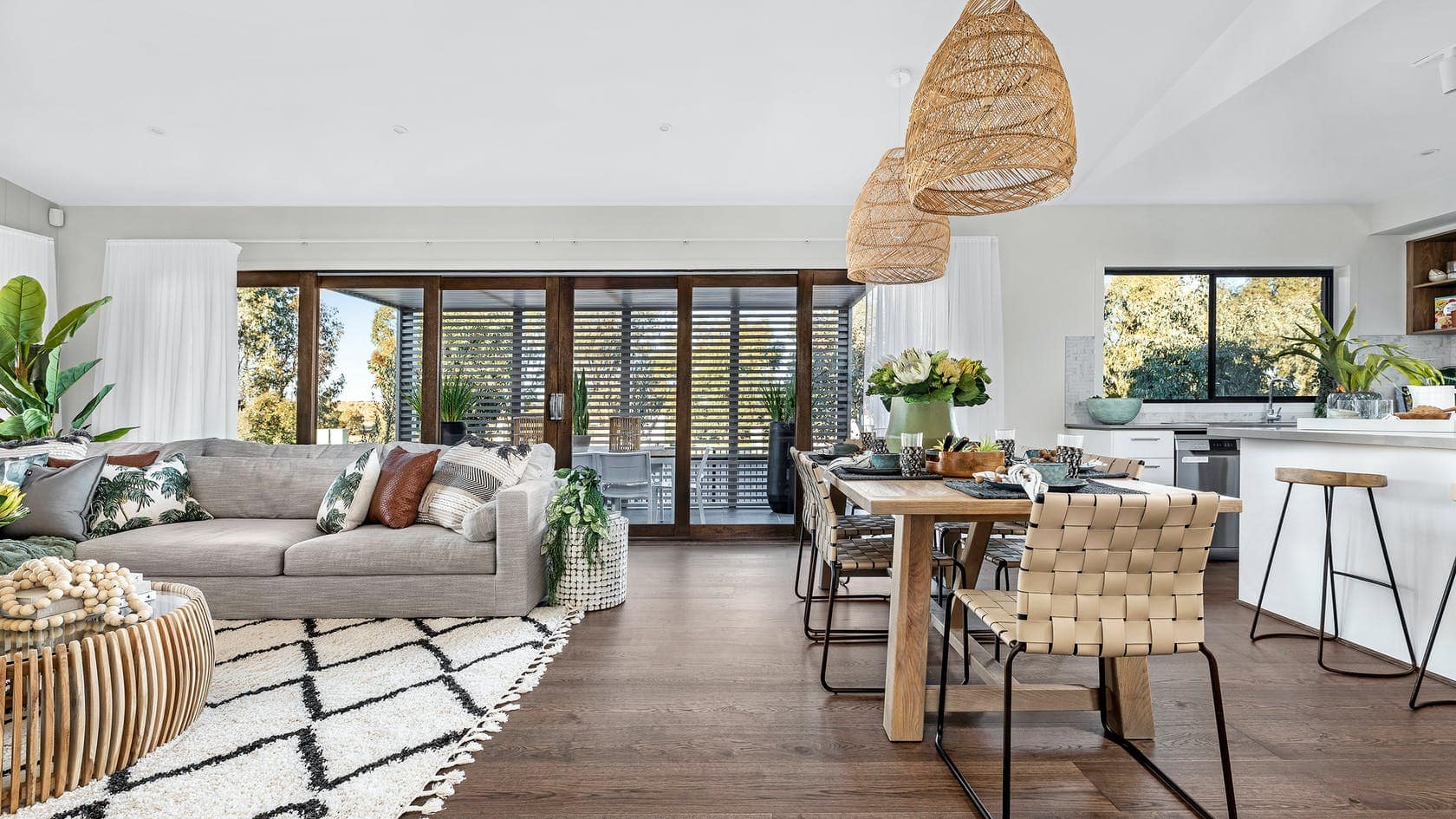
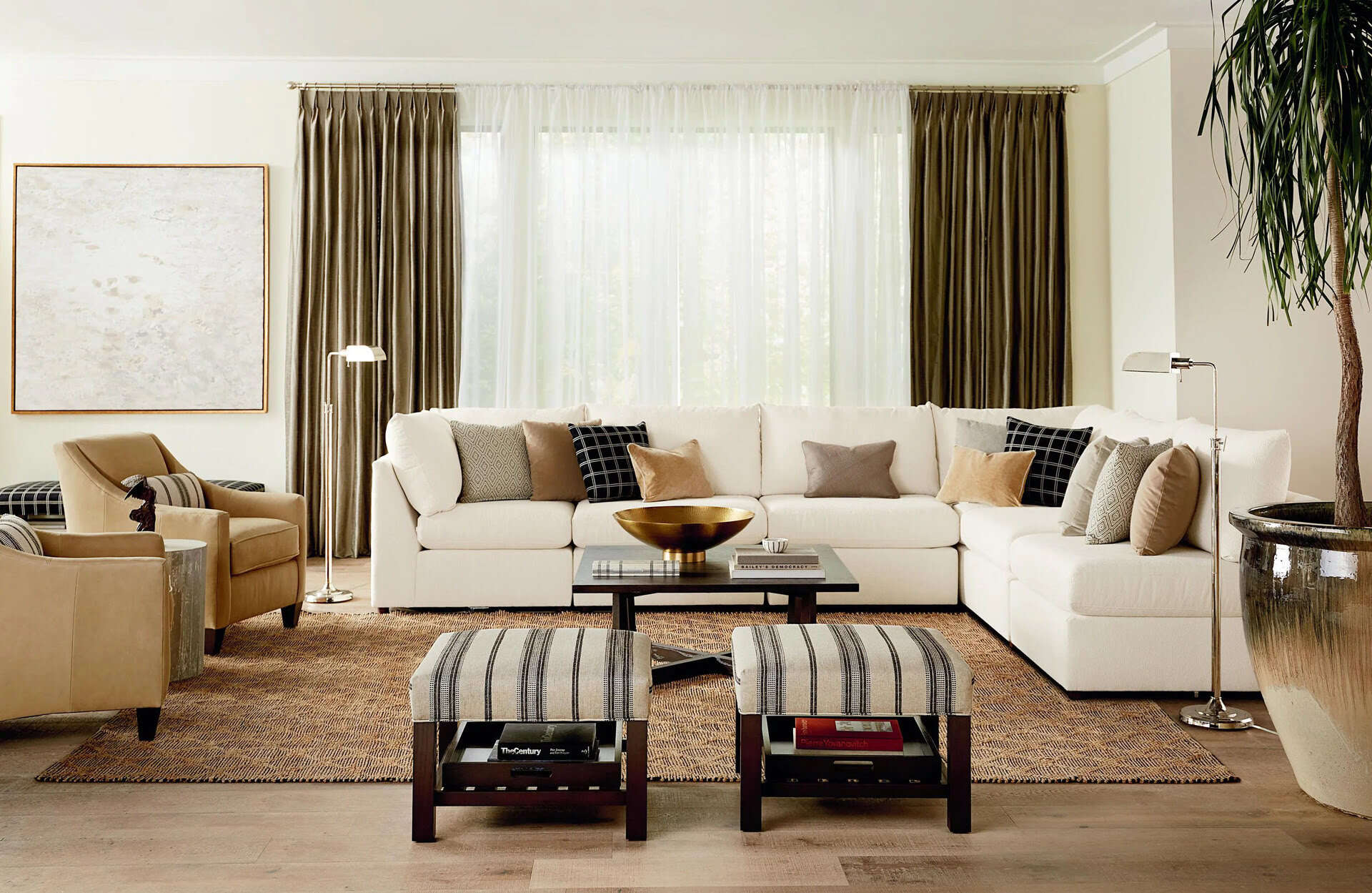
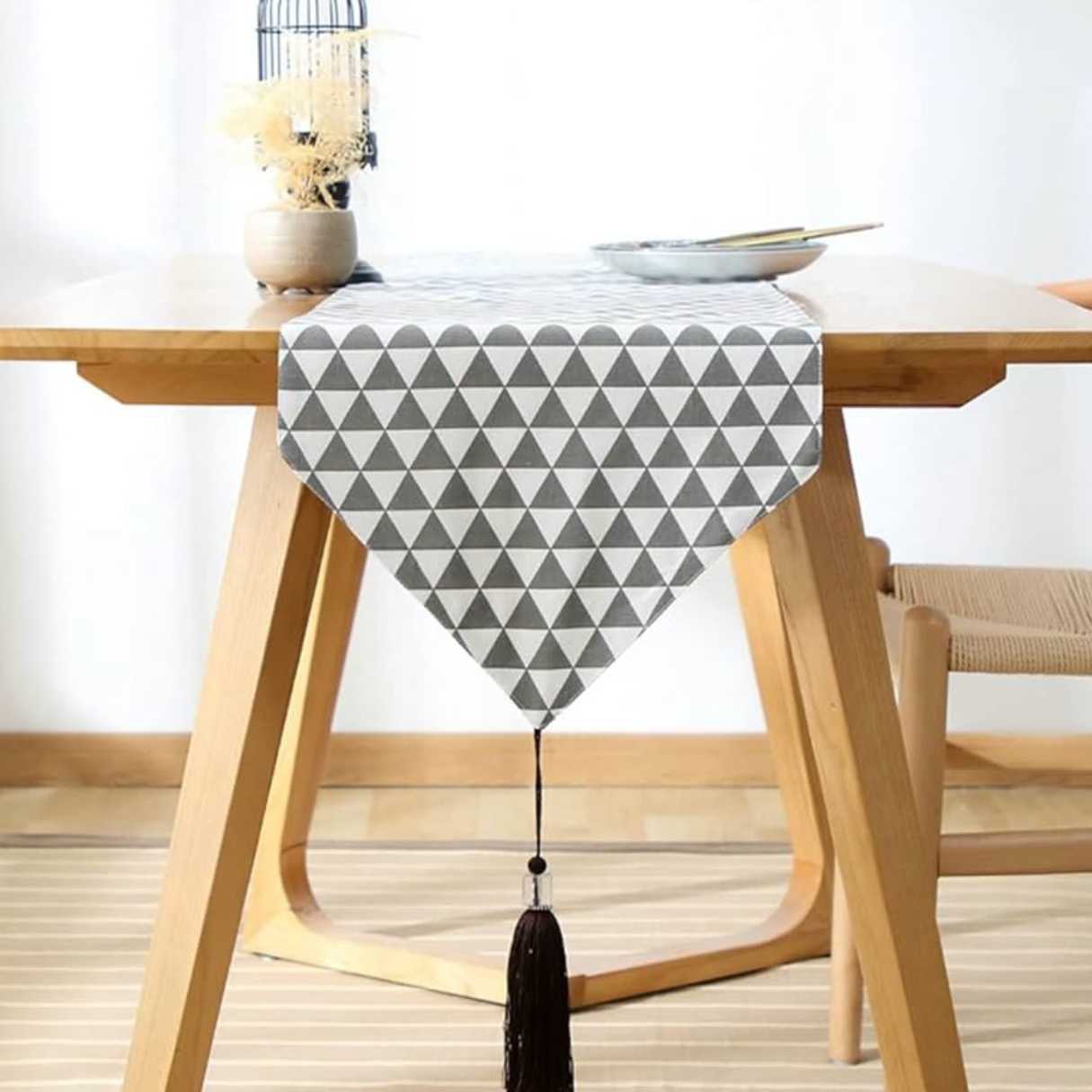
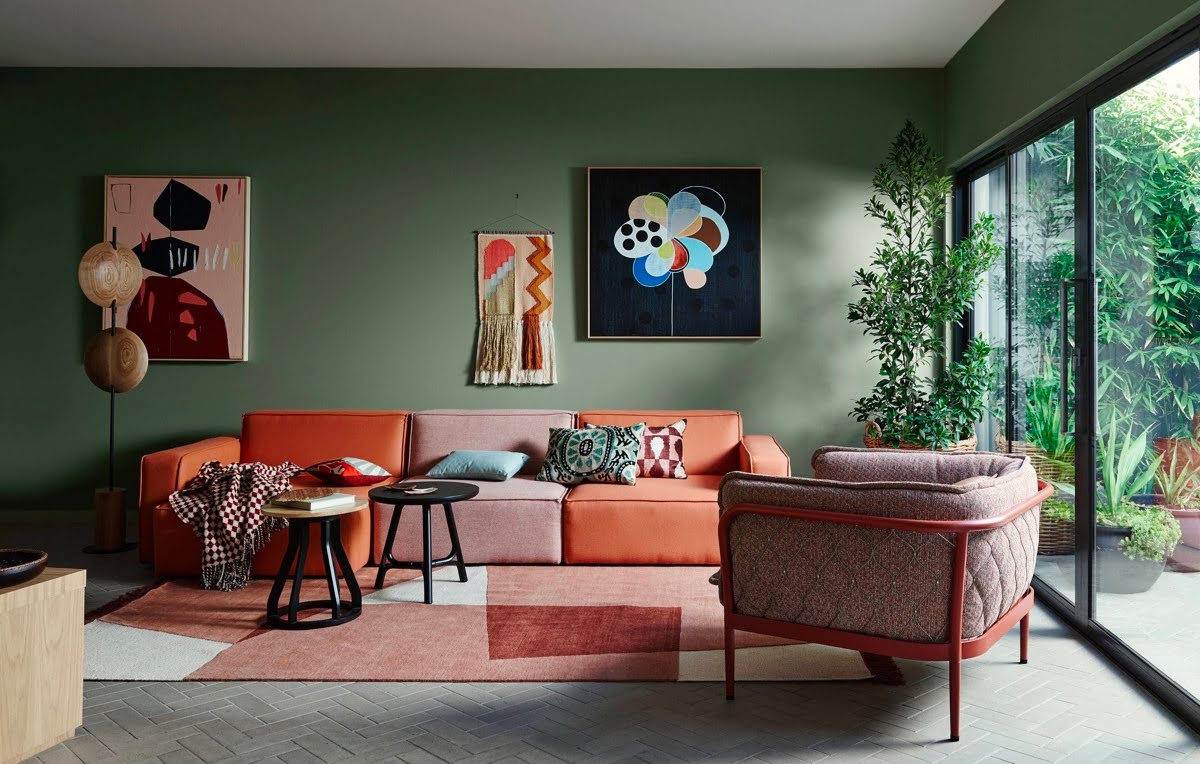
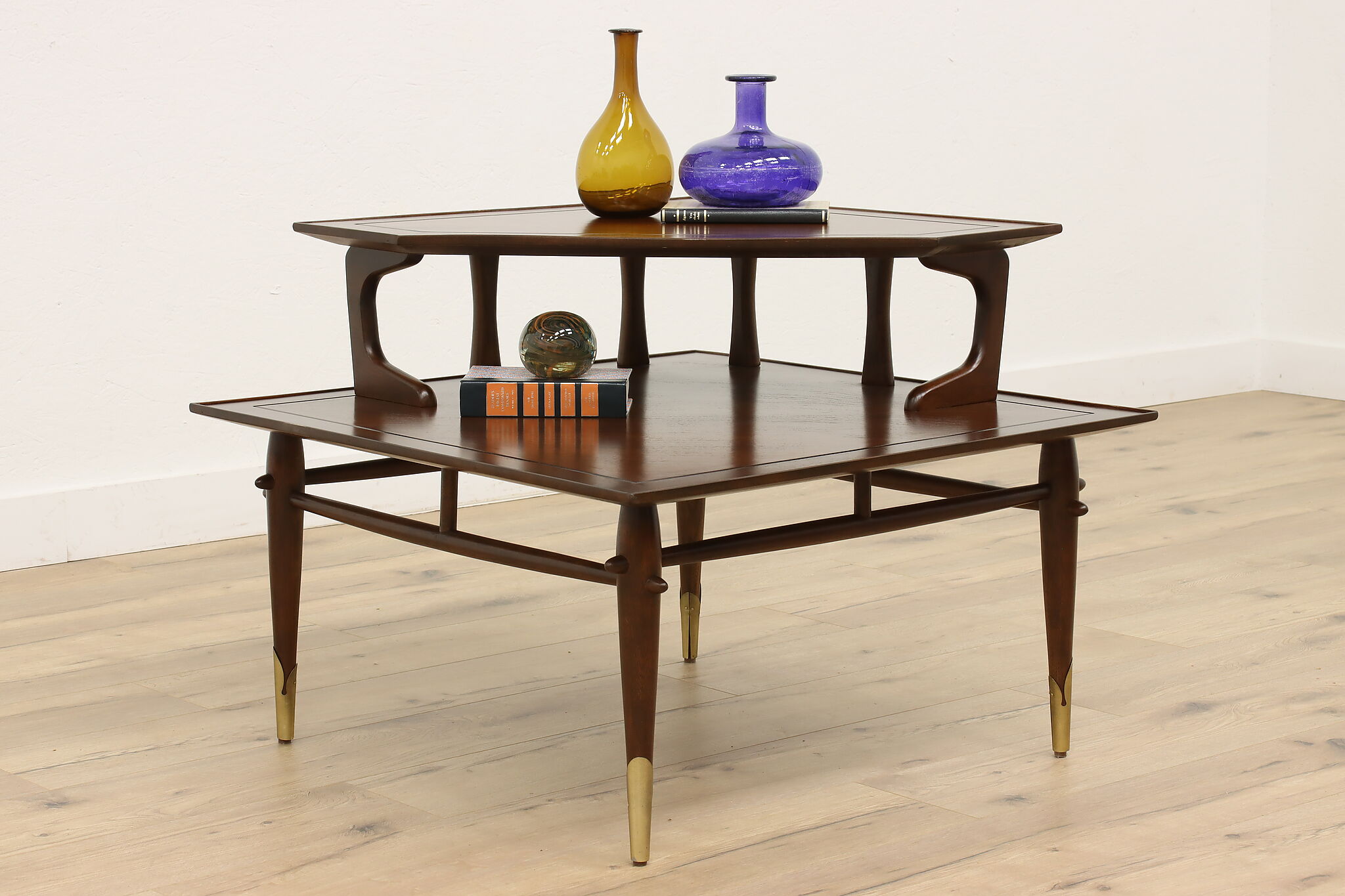
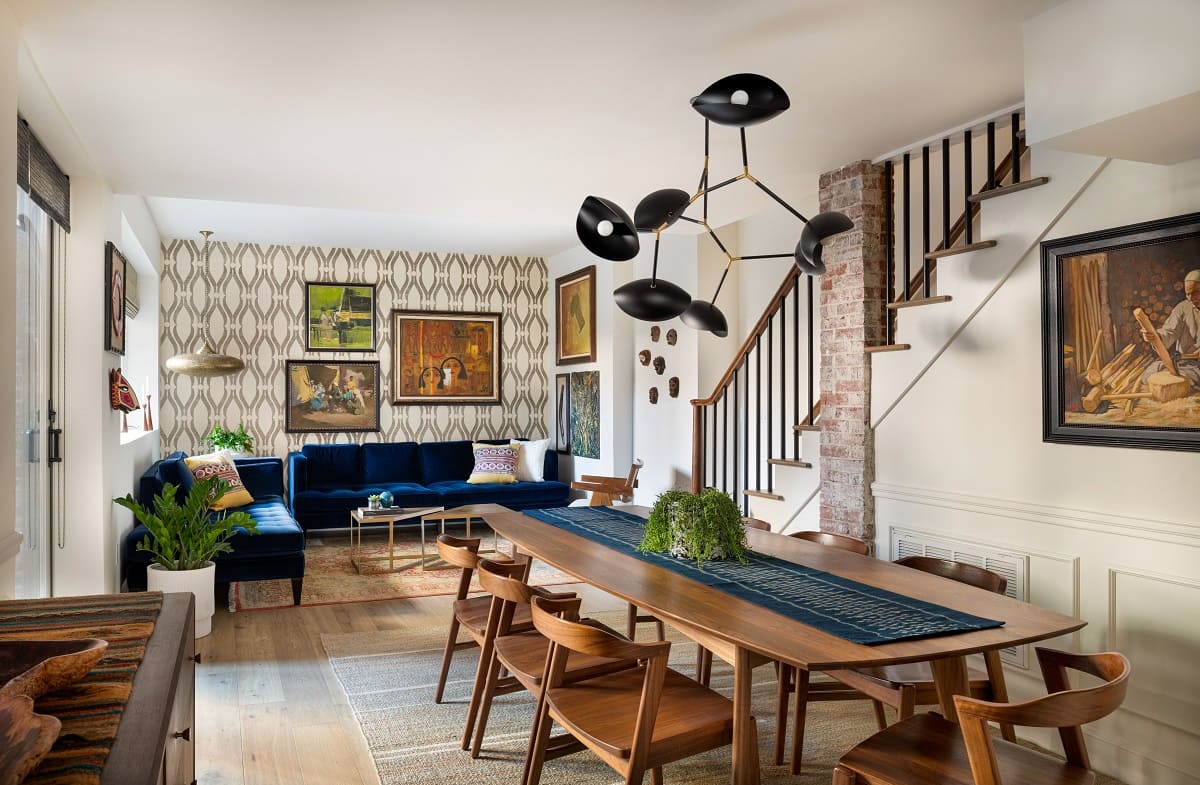
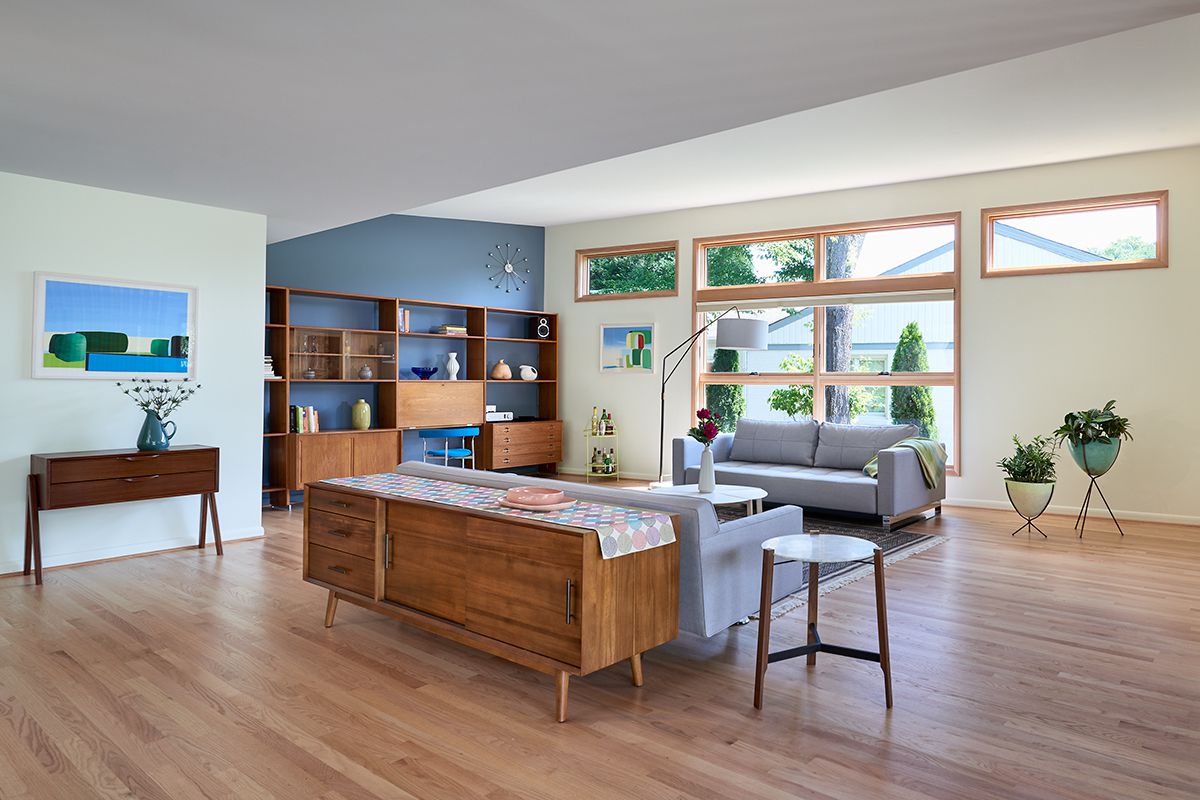
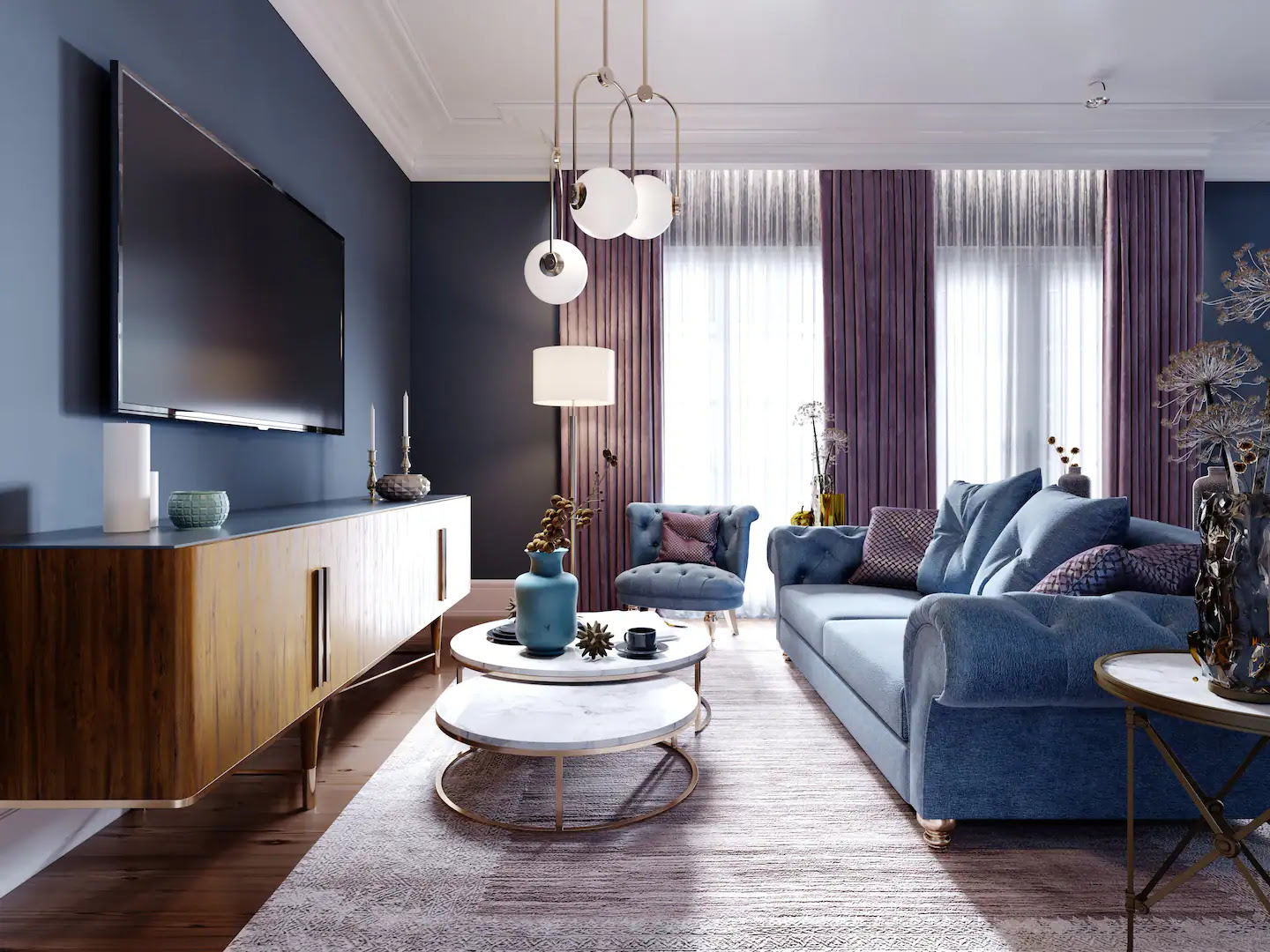

0 thoughts on “How Many End Tables In Living Room”